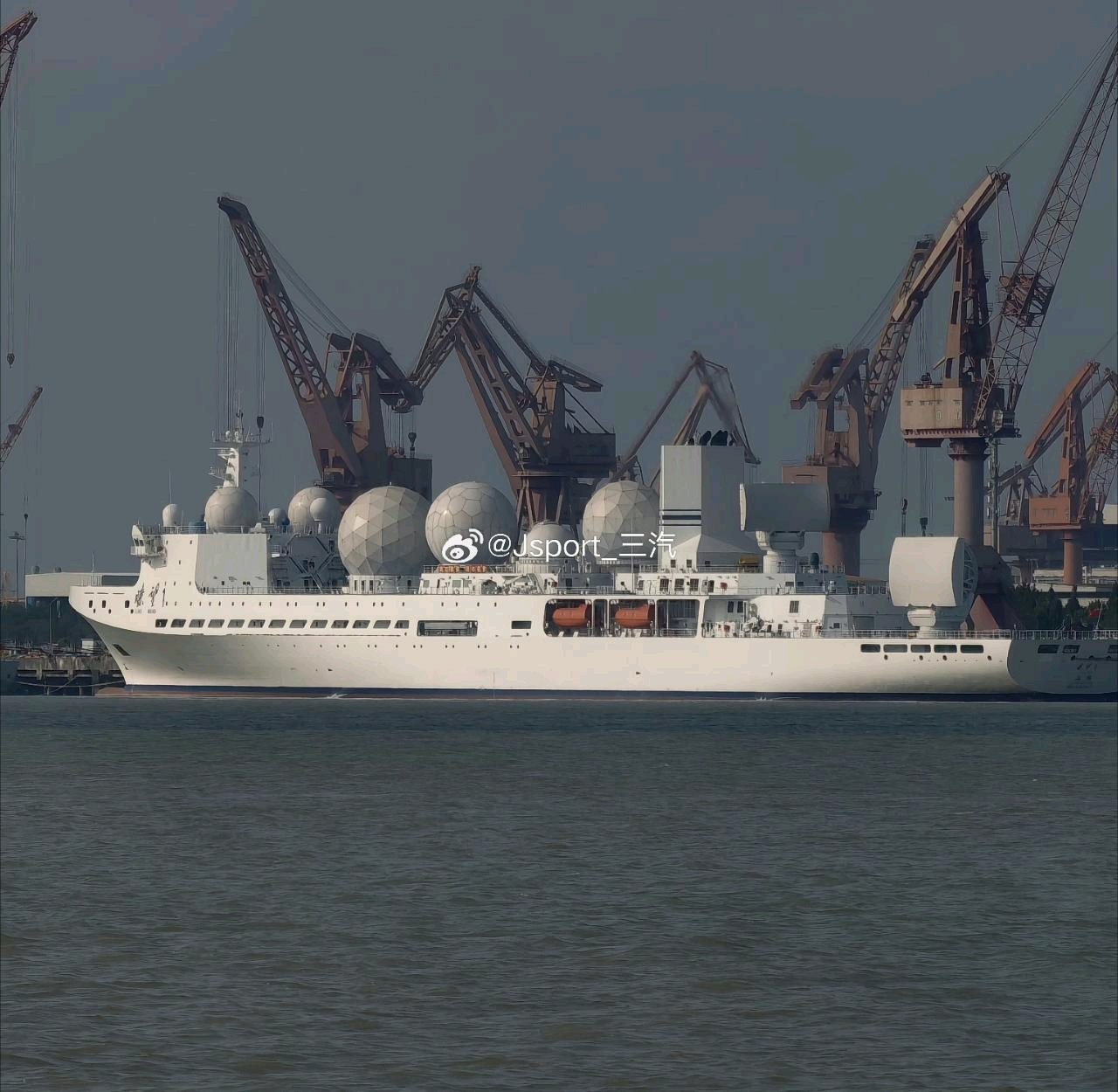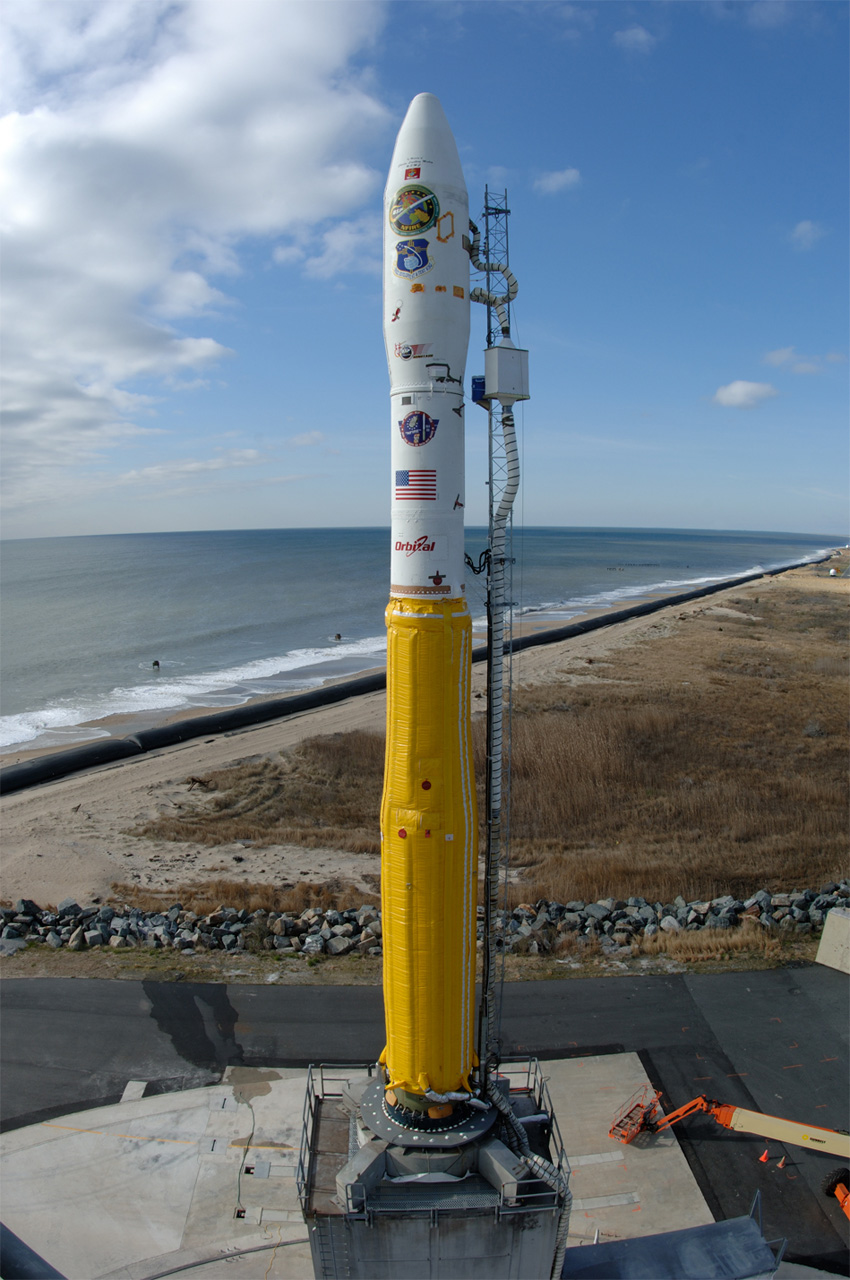Beijing’s Floating Eye: Liaowang-1 Sets Sail to Challenge U.S. in the Battle for Space Supremacy
The unveiling of the Liaowang-1, bristling with cutting-edge radar arrays and sophisticated electronic surveillance systems, marks a quantum leap in Beijing’s ability to project its reconnaissance and command capabilities far beyond the limitations of its mainland-based radar infrastructure.
(DEFENCE SECURITY ASIA) — In a strategic move emblematic of China’s rising ambition in space and maritime dominance, the People’s Liberation Army Navy (PLAN) has commenced sea trials of its latest intelligence vessel, the Liaowang-1—a 30,000-ton leviathan purpose-built to track satellites, rocket launches, and missile activity across the globe.
The unveiling of the Liaowang-1, bristling with cutting-edge radar arrays and sophisticated electronic surveillance systems, marks a quantum leap in Beijing’s ability to project its reconnaissance and command capabilities far beyond the limitations of its mainland-based radar infrastructure.
Designed to operate as a floating strategic command hub, the vessel provides the PLAN with the crucial ability to monitor orbital and ballistic activities in real time—especially in vast oceanic regions where land-based sensors are geographically constrained.
“The Liaowang-1 represents China’s intent to not just watch the skies—but to shape the battlefield across sea, space, and cyber domains,” remarked a Beijing-based military analyst familiar with PLAN modernization trends.
Images of the vessel’s initial trials have already surfaced across Chinese social media platforms, providing rare glimpses into the capabilities of what many believe could become one of the most advanced maritime surveillance platforms in Asia.
The PLAN is positioning the Liaowang-1 as a next-generation replacement for its ageing Yuan Wang-class tracking ships, such as the Yuan Wang 7, which have served China’s space and missile programs since 1977.
Weighing nearly 50 percent more than its predecessor, the Liaowang-1 not only offers extended range and endurance but also carries greater payloads of electronic systems and mission-specific hardware.

Its name, Liaowang-1, meaning “Observer-1”, is a nod to its primary mission profile—persistent and precision-focused surveillance across multiple domains of warfare.
Constructed by China State Shipbuilding Corporation (CSSC), the state-owned industrial behemoth at the heart of China’s naval expansion, the vessel underscores the growing synergy between Beijing’s military-industrial base and its long-term strategic aspirations.
The ship features at least five conspicuous radar domes—each housing a mixture of long- and short-range radar systems—and multiple high-gain communication antennas, giving it the ability to detect, track, and relay data on airborne and orbital targets with remarkable fidelity.
Its prominent superstructures—reminiscent of U.S. Navy SIGINT (Signals Intelligence) vessels—suggest a dual role encompassing both strategic surveillance and electronic warfare support, key pillars of modern maritime hybrid conflict.
Since its formal introduction in late 2023, the Liaowang-1 has garnered significant attention from military observers worldwide, many of whom interpret the vessel’s complexity as evidence of China’s expanding C4ISR (Command, Control, Communications, Computers, Intelligence, Surveillance and Reconnaissance) capabilities at sea.
Despite being officially designated as a “surveillance ship,” the sheer scope of its onboard systems indicates that Liaowang-1 may also serve as a testbed for advanced counter-space and anti-access/area denial (A2/AD) technologies.

Its ability to function independently in deep-sea environments gives PLAN commanders the flexibility to maneuver the vessel across vast theaters of operation, allowing for continuous monitoring of satellite orbits, ballistic missile trajectories, and launch corridors in a dynamic and contested battlespace.
This level of operational mobility grants Beijing a decisive edge—especially at a time when space assets have become indispensable in network-centric warfare, from early-warning systems and precision strikes to real-time ISR.
Military sources also suggest that the vessel may house integrated anti-satellite (ASAT) and electronic countermeasure systems, giving China a credible capability to disrupt or degrade adversary space assets in the event of conflict.
Unlike terrestrial tracking stations, which are limited by geography and Earth’s curvature, the Liaowang-1 can be repositioned to optimize sensor coverage and maintain persistent overwatch over potential flashpoints—including the South China Sea, western Pacific, and Indian Ocean.
It also enhances Beijing’s ability to surveil foreign missile test zones and space launch facilities, contributing to both strategic early-warning and technical intelligence gathering.

In addition to its surveillance role, Liaowang-1 is believed to possess capabilities that could allow it to act as an aerial defense node, potentially detecting and even directing countermeasures against hostile satellite or missile threats.
Measuring 734 feet (224 meters) in length and 104 feet (32 meters) in width, its enlarged hull not only allows for more onboard systems and extended sea time but also provides greater resilience against electronic and kinetic threats.
The vessel’s displacement of over 30,000 tons positions it as one of the largest non-combatant naval platforms in PLAN service, rivaling the scale of some amphibious assault ships in terms of onboard infrastructure.
A helipad installed at the aft deck can support medium-lift rotary aircraft, such as the Z-9 and Z-20 utility helicopters—Chinese analogues to the Eurocopter Dauphin and Sikorsky UH-60 Black Hawk—thus providing the ship with organic logistics, surveillance, and SAR (search and rescue) support.
The PLAN’s deployment of Liaowang-1 coincides with a significant escalation in the United States’ own orbital reconnaissance capabilities, underscoring the intensifying space-based arms race between the two superpowers.

On April 16, the U.S. Air Force launched a four-stage Minotaur 4 rocket from Vandenberg Space Force Base in California—the platform’s first flight in nearly 14 years.
The mission, designated NROL-174, was conducted on behalf of the National Reconnaissance Office (NRO) and is widely believed to involve the placement of next-generation surveillance satellites in low-Earth orbit.
With the NRO and U.S. Space Force aiming to deploy a constellation of 160 satellites by the end of 2025, Washington is clearly moving to establish a resilient, globe-spanning ISR infrastructure designed to outpace Chinese advances.
Many of these satellites are expected to provide persistent coverage over critical areas, support real-time tactical data sharing, and enhance the United States’ ability to conduct global surveillance, target acquisition, and strategic deterrence.
The Liaowang-1, in this context, is not merely a ship—it is a symbol of China’s accelerating convergence of naval, aerospace, and digital warfare domains in an era where maritime dominance is increasingly defined by what lies far above the waves.
— DEFENCE SECURITY ASIA


